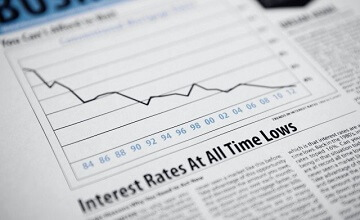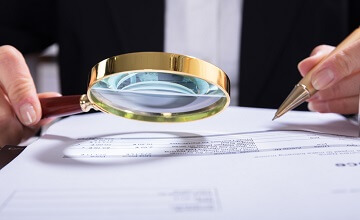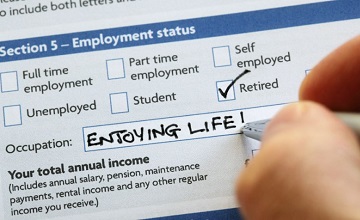The true cost of a pandemic
Recent events such as the coronavirus outbreak, bushfires across Australia and the drought highlight the far-reaching effects of an epidemic. Following the initial devastation of these events, the true cost…

Recent events such as the coronavirus outbreak, bushfires across Australia and the drought highlight the far-reaching effects of an epidemic. Following the initial devastation of these events, the true cost…

The dawn of a new year sees many people setting new year’s resolutions such as losing some weight or giving up smoking. Similarly, the beginning of a new year is…

Interest rates have never been lower, and it’s possible they might fall even further. This creates opportunities for householders and businesses, so how can you best take advantage of low…

The Royal Commission into Misconduct in the Banking, Superannuation and Financial Services Industry delivered its final report in February 2019, capping off a process that revealed the unethical and, in…

Banks have not been passing on the full reduction in the Reserve Bank’s official cash rate, but no one knows with any certainty, what the future holds for rates and…

When you invest over a period of time, compound interest is your best friend. In effect, it means you are earning interest not just on your own capital, but also…

If you entered the world between 1980 and 1996 you’re part of the “millennial generation”. You’ve grown up in an age of unprecedented abundance and incredible technical innovation, and as…

Many people treat their home loan as a set-and-forget, riding out whatever the original loan terms and prevailing interest rates dish up. They may be doing themselves a disservice, as…

Most people can choose to own life insurance themselves or to hold this insurance in their superannuation fund. But it’s not a simple decision – the way these policies operate…

According to an Australian Bureau of Statistics report published in September 2018, cancer is the most common cause of death in Australia accounting for more than 29,000 fatalities in 2017….

Financial planning is about establishing a long-term strategy to secure your financial future with the lifestyle and living standards you desire. ‘Value’ often goes beyond dollars and cents. It can…

Anyone who has completed their own tax return will know that the tax office treats different types of income differently. Bank interest is recorded in one section, dividends from shares…

Far from being the realm of the rich, building an investment portfolio is something that most people can do. It can start as a simple savings plan – a few…

Climbing the career ladder, perhaps buying a home and starting a family – the 30s are an exciting stage of life. However, decisions made now can make a big difference…

Many of us would like to think that ‘older’ means ‘wiser’, but when it comes to money that isn’t always the case. The complexity of Australia’s superannuation system doesn’t help….

Investment planning is an important part of financial planning but underpinning the whole process of creating wealth in the first place is having a good financial strategy. For many people…

Many people eagerly anticipate retirement. Others view its approach with trepidation, worried over how they’ll fill their days. Australians are living longer; it’s not unreasonable to assume you’ll be retired…

They have been around for decades, but interest-free deals can still be confusing and costly when not managed correctly. Excitable advertising can make these offers almost too good to refuse,…

You might think that only importers and exporters pay attention to the value of the Aussie dollar, but movements in the exchange rate affect us all. After peaking at US$0.81…

It’s a common question asked by employees: “what should I do about my super?” If you are an employer or manager and feel confident of your knowledge of superannuation and…

With Australia’s age pension being subject to an assets and income test, a simple way for part-pensioners to increase their pension payments is to give away some assets. Not surprisingly…

When developing a budget, it’s easy to think that you have no control over costs for essential items such as electricity, particularly when every bill seems to be higher than…
End of content
End of content